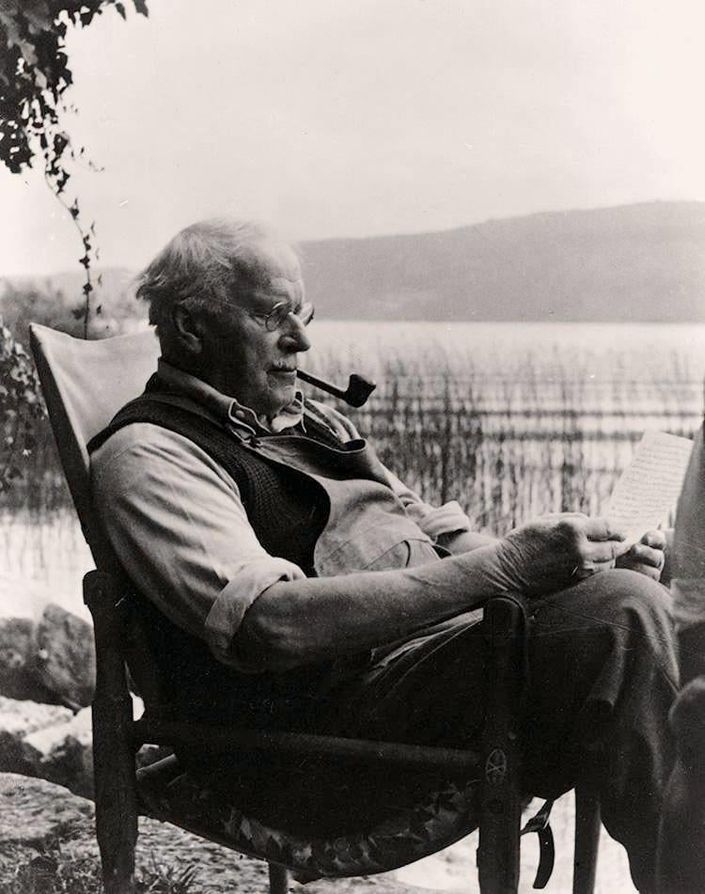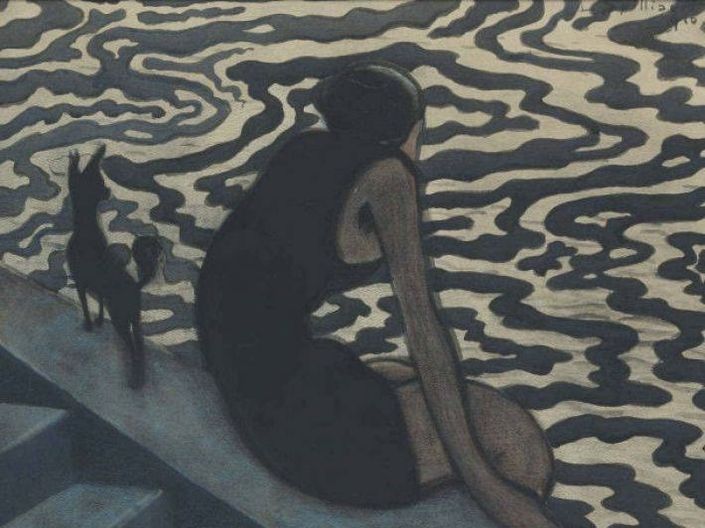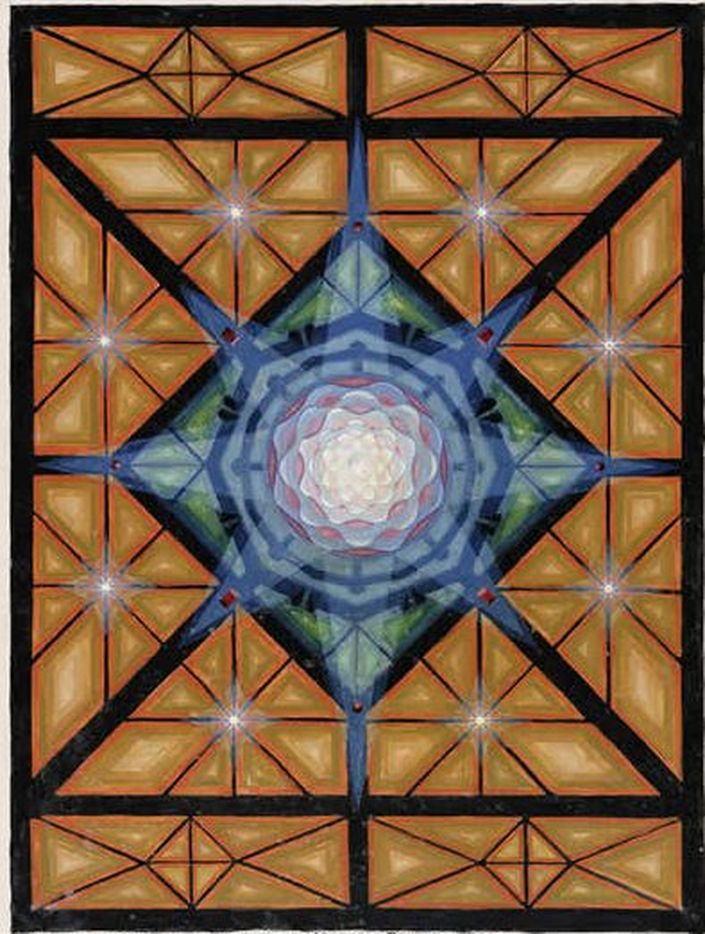
Synchronicity in the Context and Evolution of Jung's Thought
In probably the most important theoretical essay in the Collected Works, titled “On the Nature of the Psyche,” first published in 1946, Jung refers to the psychoid nature of the archetype, meaning that the archetype as such is neither purely psychical nor purely physical and exists outside the space-time continuum.
This notion of the psychoid nature of the archetype is a critically important addition to archetypal theory and contributes to our understanding of synchronicity as well. It refers to the origins of the archetypes, specifically to a unitary field that combines both psyche and matter and from which the archetype per se emerges. Jung called this field of energy the unus mundus, the one world. It also suggests that a creative act is in evidence as the psychoid archetype enters the psyche.
What is Synchronicity?
A synchronicity is a meaningful coincidence of inner and outer life. You cannot force a synchronicity to happen; you can’t replicate it in order to study it under laboratory conditions; and, when it happens, you cannot explain it in traditional cause and effect terms.
Synchronicities suggest an acausal orderliness, an “intelligence of the background,” that somehow transgresses into three dimensional time and space from beyond time and space. Synchronicities break through everyday consensus reality to register a whole greater than the sum of the parts, to register the existence of the unus mundus.
This realization, of this transgression into consciousness by the psychoid archetype, is in some very real sense a creative act. The implication then is that creation is ongoing and continuous. Creation continues in the space-time continuum by way of the unus mundus and synchronicities. Synchronicities are always bringing something “new” into the world for our heartfelt consideration, wonder, and amazement.
Course Curriculum
Indra's Net
The individuation process is your particular journey into being the person you were meant to be, in regard to God, Self, Others and Nature.
The unus mundus is the one world that indicates at a deep level your oneness with everything, and that each and everything is interconnected, all parts reflective of the whole.
Furthermore, the ongoing and expanding awareness that is generated in the individuation process and the experience of the unus mundus in effect documents the activity of the archetypal Self, the archetype of order, wholeness, and meaning, all of which are always implied in any synchronicity. In some ways, synchronicities could be said to be the language of the archetypal Self, how the archetypal Self interacts with you personally.








